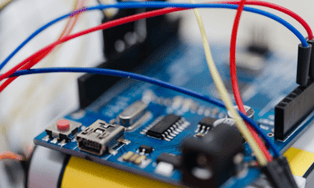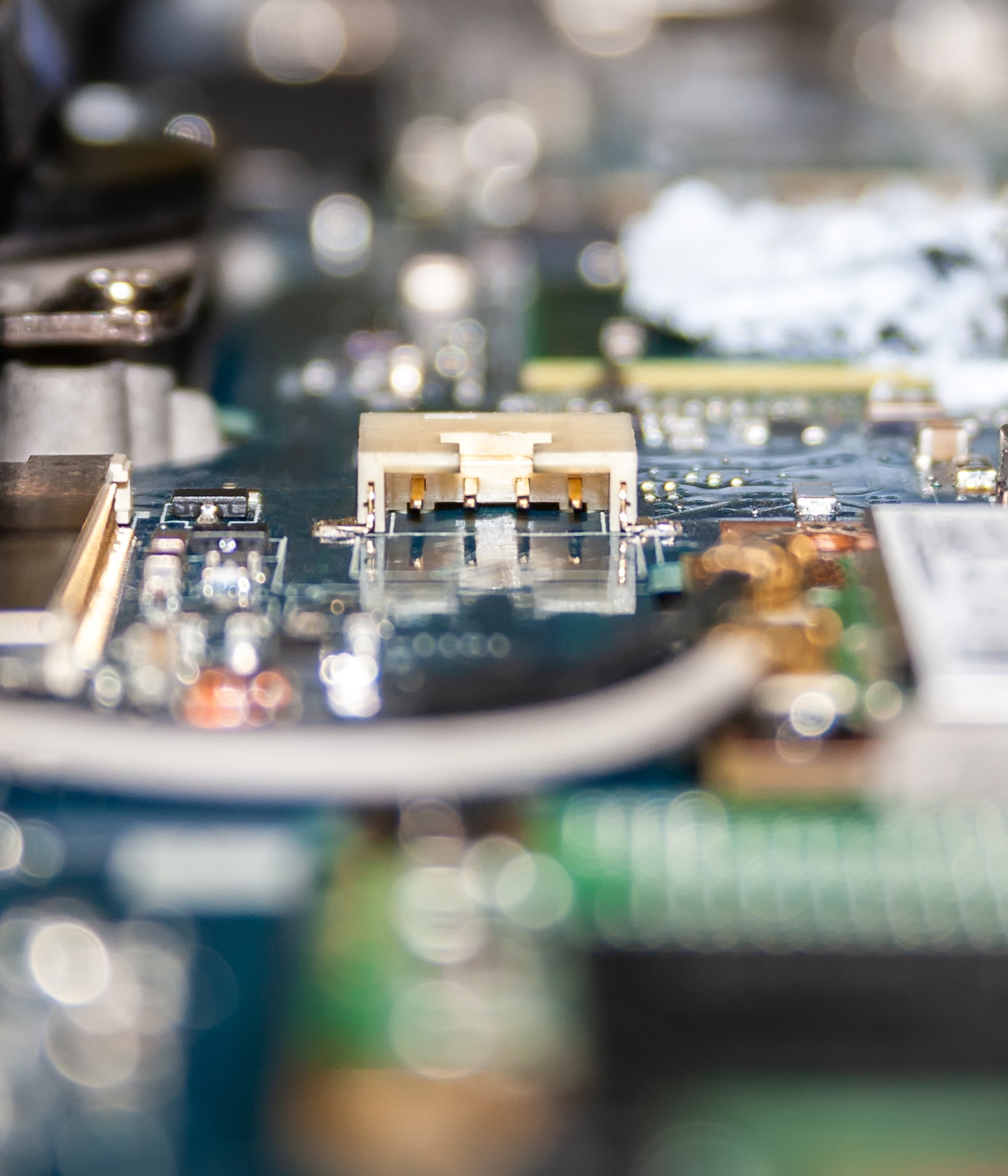Avoiding Component Obsolescence
Component Obsolescence: Component obsolescence is a major issue for companies that design and manufacture equipment. As technical developments are taking place at a rapid rate, components come and go very quickly. One discontinued component (even the smallest) can cause major financial losses for a company as an entire product line can quickly be affected. When designing your product, the embedded systems must be created with the future in mind - build these systems for future components, future software, etc.
There are several factors that can lead to obsolescence. Technological evolution is one - as new, more competitive, technology comes forward, the older tech becomes less practical. The increased rate of technological growth is also creating shorter lifecycles for many components. Environmental policies and legislation are also creating obsolete components - material restrictions, energy requirements, etc. Planned product obsolescence is also a factor as product obsolescence is built into a product from conception.
.png?width=1000&height=240&name=Integrated%20Circuit%20(2).png) Obsolescence is a factor that is best managed at the earliest stages of product development. At this point, it is important to design equipment to try to minimize the effect of any likely obsolescence. While this may not always be easy in many respects there are some strategies that can be used to provide design stage component obsolescence management.
Obsolescence is a factor that is best managed at the earliest stages of product development. At this point, it is important to design equipment to try to minimize the effect of any likely obsolescence. While this may not always be easy in many respects there are some strategies that can be used to provide design stage component obsolescence management.
Alternatives are a common strategy when planning for the future, and the possibility of obsolescence. Research and determine alternative components that can be easily swapped in place of the original (extremely similar to the original component). Unfortunately, once alternatives also become obsolete, you're left to go back to research and development.
On the contrary, you can design a product from the very beginning that is compatible with a variety of component designs, even future ones. Being strategic by planning and forecasting can make a major difference in optimizing your product lifecycle. Filter out low-risk components and assess the risk for the remaining ones. The developer can also design and build the embedded systems to allow for compatibility with various components, ultimately planning for the future and extending the product lifecycle. When planning for the future, in any case, prediction is key. But, prediction is not guaranteed. The more opportunity that you can design and plan for in your product, the better. This will also limit the costly redesign and reengineering you may need to do in the long-run.
variety of component designs, even future ones. Being strategic by planning and forecasting can make a major difference in optimizing your product lifecycle. Filter out low-risk components and assess the risk for the remaining ones. The developer can also design and build the embedded systems to allow for compatibility with various components, ultimately planning for the future and extending the product lifecycle. When planning for the future, in any case, prediction is key. But, prediction is not guaranteed. The more opportunity that you can design and plan for in your product, the better. This will also limit the costly redesign and reengineering you may need to do in the long-run.
For almost three decades, Boston Engineering has designed, developed, and optimized devices and technologies that the industrial and commercial industry relies on to improve lives, enrich quality, and reduce costs. We provide solutions to the challenges of future-proofing your products for manufacturing.
Our expertise includes industrial design and product redesign, sensors and control systems, robotics technical innovation, and digital software solutions.
Imagine your Impact: Stay up-to date- with the latest insights and trends we're watching. Add your email address below and sign up for a monthly summary of our most impactful posts!











